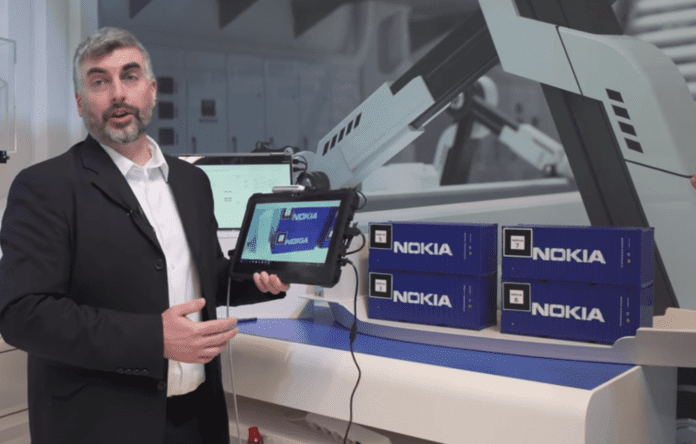MulteFire 1.1 spec focused on private LTE for the internet of things
With broad interest from industrial players who see private LTE as a big opportunity to take control of cellular needs and from operators looking to augment licensed spectrum holdings by deploying cellular in the 5 GHz band, MulteFire is quickly gaining ecosystem support. The MulteFire Alliance is working toward a mid-year release of a 1.1 specification that irons out of the details of using LTE in unlicensed spectrum to support internet of things (IoT) applications.
Stephane Daeuble, Head of Industry Vertical Network Slicing and Private Networks, Nokia, told RCR Wireless News the unlicensed LTE technology will have “a key role in a number of industry verticals. In that regard, we developed the standards to ensure it also supports different grades of IoT connectivity,” including support for narrowband-IoT (NB-IoT). “For the operator or the enterprise, MulteFire really provides an opportunity to have reliable wireless technology and it’s also cost-effective.”
On the outlook for device support, Daeuble said Qualcomm provided a prototype device for lab testing; IoT-related devices including gateways and ruggedized tablet will be among the first devices to support MulteFire, followed in time by smartphones. This is in line with comments from Derek Peterson, CTO of Boingo Wireless and a member of the MulteFire Alliance board. “Both CBRS and MulteFire needs handsets, or you need devices,” he said. “The path forward right now with the 1.1 spec is an IoT path because that’s where we see devices becoming available sooner.”
Click here to watch an interview with Daeuble filmed during Mobile World Congress 2018.
During Mobile World Congress, Nokia demonstrated its MulteFire small cell ahead of planned commercial availability later this year. According to the vendor, the Flexi Zone MulteFire Multiband Pico BTS small cell supports downlink throughput up to 300 Mbps and comes in a four liter form factor that’s billed as having a “Wi-Fi-like ease of deployment.”
Daeuble discussed how MulteFire can support shipping operations. He demonstrated how LTE-connected sensors inside shipping containers can alert workers to potential problems. A shipping container carrying fireworks is equipped with a temperature sensor that can alert the ship’s crew to a potentially dangerous situation. Same thing with raw fish; a temperature sensor can alert if a cooling unit is broken.
“In terms of industry digitization, wireless connectivity is important,” Daeuble said. MulteFire “brings the reliability of LTE, the predictability, the very large coverage but also the mobility, enabling industry verticals to put sensors and wireless connectivity on moving things like tractors, trucks and forklifts.”
Click here to see Daeuble’s demonstration.

